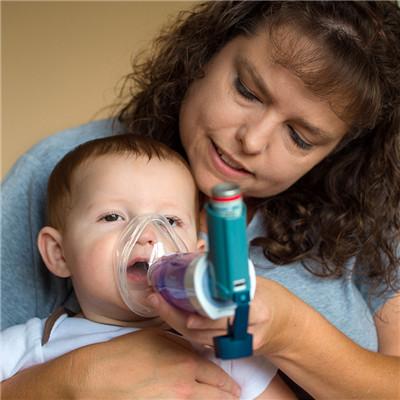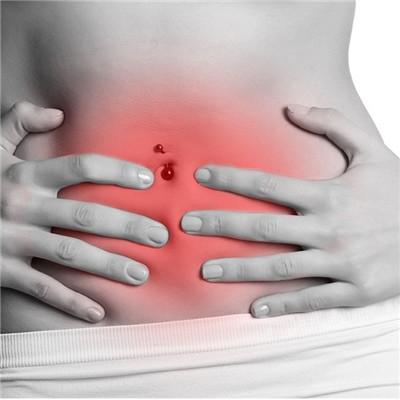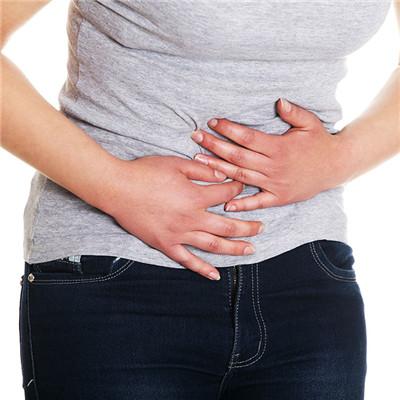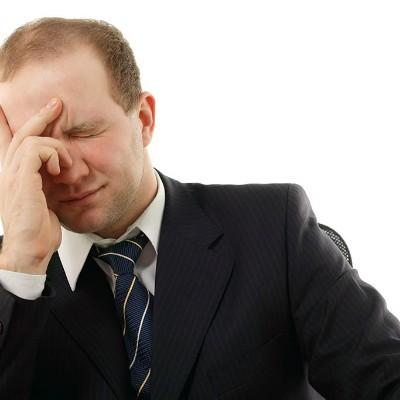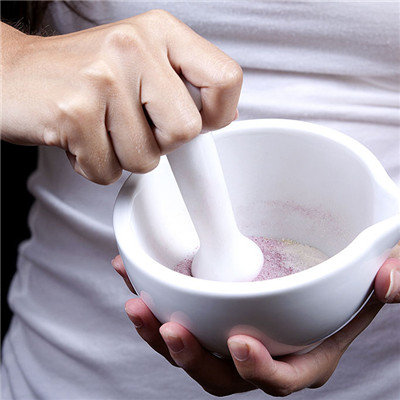Symptoms and pictures of rectal cancer
summary
The location of rectal cancer is low, so it is easy to be diagnosed by digital rectal examination and sigmoidoscopy. However, because of its deep location in the pelvic cavity and complex anatomical relationship, the operation is not easy to complete and the recurrence rate is high. The middle and lower rectal cancer is close to the anal sphincter, so it is difficult to preserve the anus and its function during the operation. It is a difficult problem in the operation, and it is also the most controversial disease in the operation method. Let's share the symptoms and pictures of rectal cancer
Symptoms and pictures of rectal cancer
First: rectal cancer is a common malignant tumor, second only to gastric cancer in gastrointestinal cancer. There are more males than females, aged between 40 and 60. The symptoms of rectal cancer were not obvious at the beginning. After the development of a certain speed, the frequency of defecation increased, there is not enough sense of defecation, stool often with mucus and pus. With the increase of the tumor mass, the intestinal cavity gradually narrowed, resulting in fecal thinning and difficult defecation. After the intestinal cavity is completely blocked, the symptoms of intestinal obstruction such as constipation, abdominal distension and abdominal pain appear.
Second, rectal cancer grows slowly, and it takes a long time to grow to a sufficient degree to cause symptoms. The symptoms depend on the type, location and degree of spread of the cancer. The diameter of the right (ascending) colon's intestinal cavity is larger, and the wall is thinner. Because its intestinal contents are liquid, intestinal obstruction will not appear until the late stage of the cancer, Fatigue due to severe anemia may be the only symptom of the patient. The lumen of the left (descending) colon is small and the wall is thick, in which the stool is semi-solid. The cancer often grows in a ring shape in this segment of the colon, causing stool and diarrhea alternately. Because the descending colon is narrow and thick, the cancer may cause intestinal obstruction earlier
Third, most cancers are slow bleeding. The most common first symptom of rectal cancer is bleeding during defecation. Regardless of any time of rectal bleeding, even if the patient has hemorrhoids or diverticulum, doctors should consider the possibility of cancer. Patients with rectal cancer may have abdominal pain during defecation and feeling of endless defecation. Sitting can reduce symptoms, but unless the rectal cancer spreads to extra rectal tissue, Rectal cancer itself generally does not cause pain
matters needing attention
Daily supplement of dietary fiber more than 30g. Dietary fiber intake. Prevention of colorectal cancer's new force to increase dietary fiber intake can reduce the incidence rate of colorectal cancer. The reason may be that dietary fiber has strong water absorption, which can increase the volume of feces, make feces form, facilitate defecation, reduce the concentration of carcinogens in the intestine, and reduce the risk of colorectal cancer. Pay attention to the intake of malt, fish, mushrooms and other food rich in trace element selenium.
